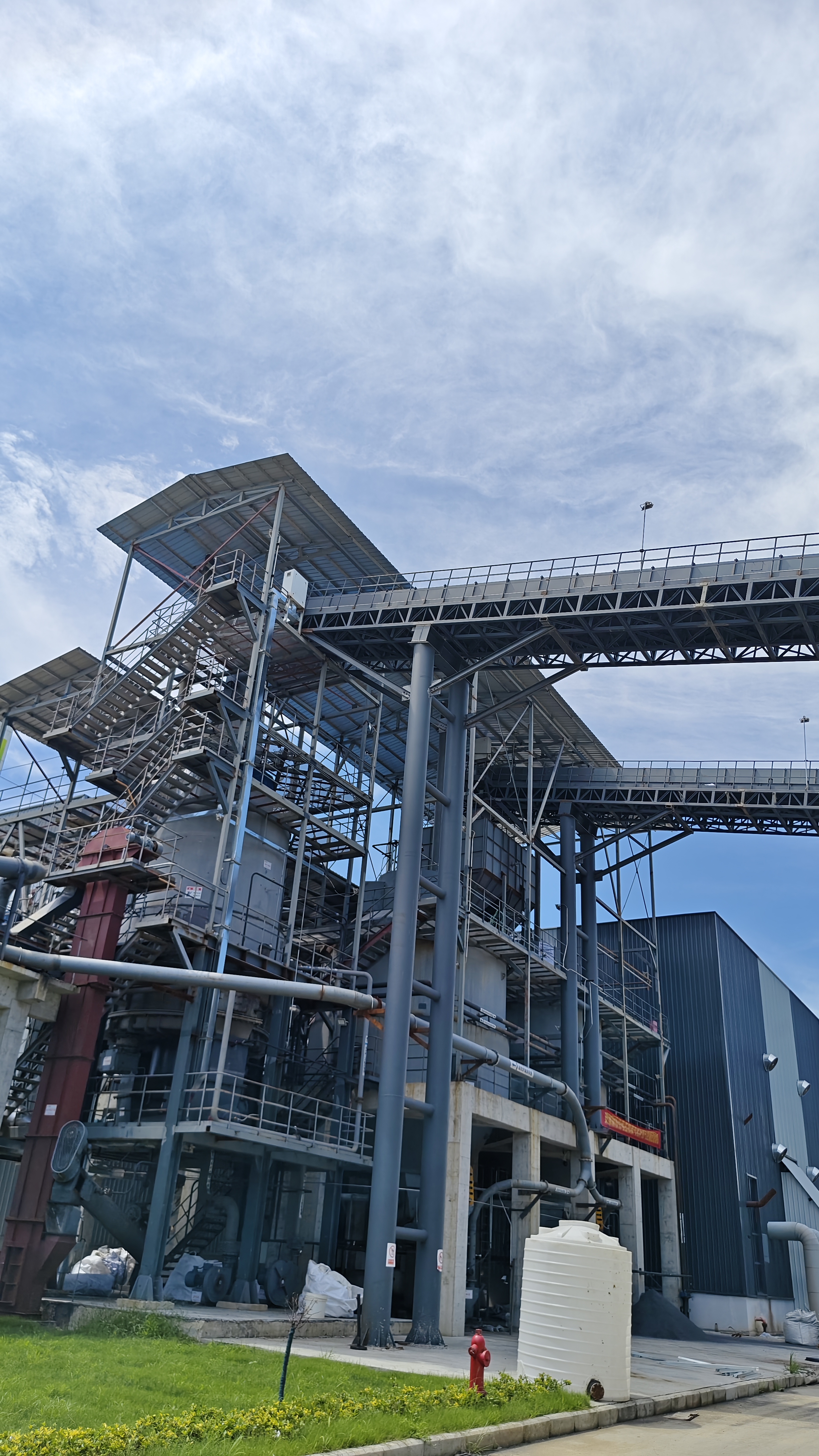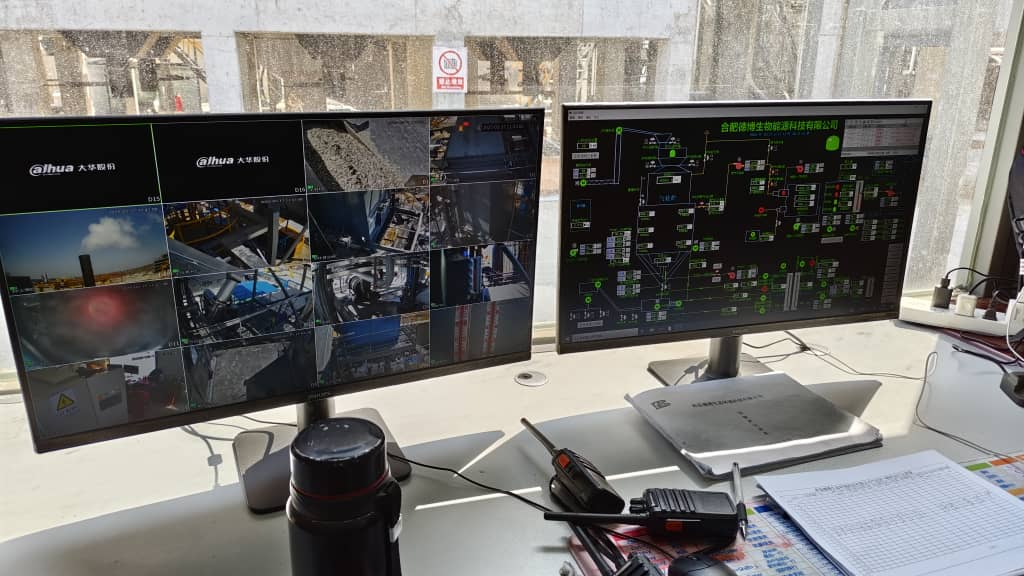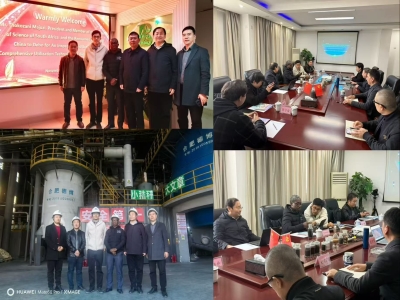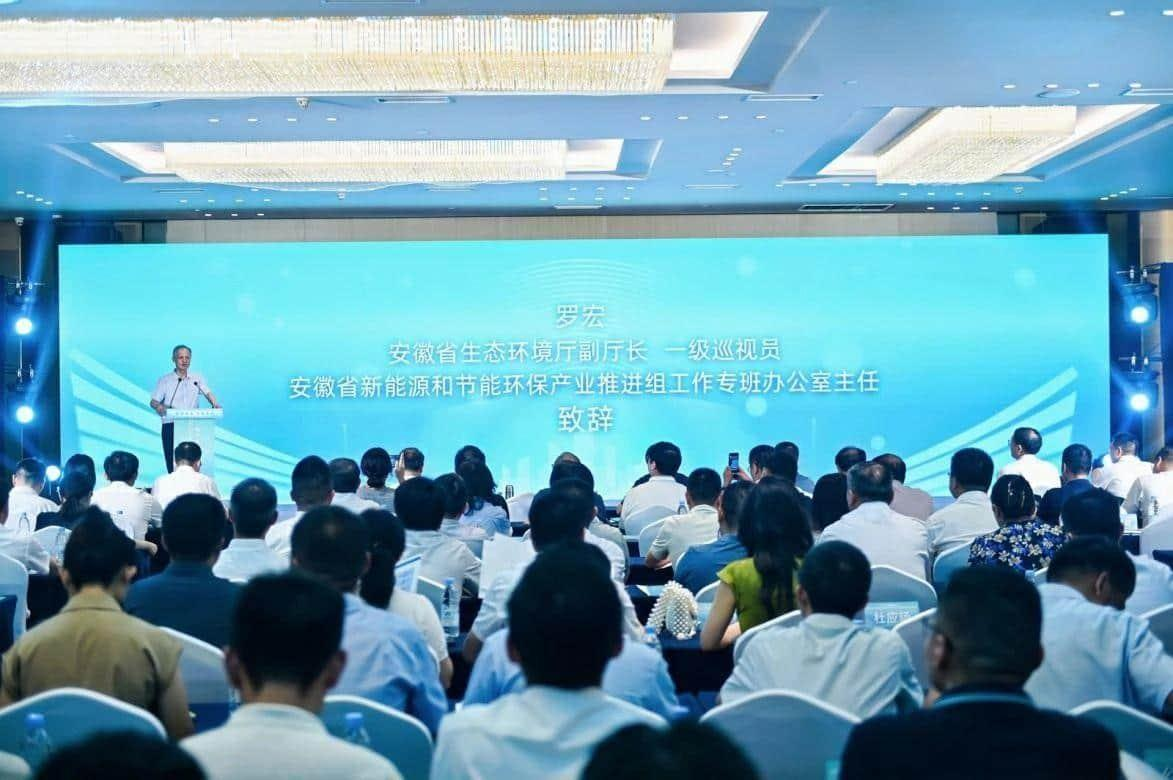Expert Gasifier Maintenance Services to Extend Equipment Life
Expert Gasifier Maintenance Services to Extend Equipment Life
Understanding Gasifier Wear Patterns
Gasifiers show wear in specific areas that need regular checks. The refractory lining wears down from heat changes and chemical reactions. Measure its thickness every 500 hours of use. Nozzles and tuyeres get damaged by fast-moving particles. Replace them every 6-12 months.
The ash removal system has parts that wear out quickly. Check screw conveyors and hydraulic rams each month. Heat exchanger tubes get dirty over time, losing 15-20% efficiency per year. Gas filters clog slowly - watch for pressure changes to know when to change them. Slag builds up in the lower cone; clean it every 3-6 months based on your fuel quality.
Preventive Maintenance Protocols
Follow this schedule to keep your gasifier working well:
Weekly:- Check all safety locks
- Test pressure relief devices
- Clean gas sampling ports
- Check temperature sensors
- Inspect refractory lining with special cameras
- Measure thickness with ultrasonic tools
- Clean syngas coolers
- Replace worn grate parts
- Take apart the whole system
- Check all inside surfaces
- Replace used parts
Keep good records of wear rates to plan future repairs.
Advanced Diagnostic Techniques
New tools help find problems before they get bad:
- Laser alignment tools check part positions within 0.002 inches
- Vibration tests find early bearing wear
- Heat cameras spot hot areas in linings
- Gas tests show process problems
- Sound monitors check fluid bed movement
These methods let you fix small issues before they cause big breakdowns.
Specialized Maintenance Procedures
Some gasifier parts need expert care:
- Refractory repairs need careful heating and cooling
- Nozzle replacements require precise laser alignment
- Slag removal needs special tools to protect linings
- Use helium tests to check for gas leaks after big repairs
- Follow strict welding rules for pressure parts
Training and Safety Considerations
Keep your team safe and skilled:
- Train workers in confined space entry
- Teach proper hot work methods
- Practice emergency drills for gas leaks
- Use multi-gas detectors and heat cameras
- Follow NFPA 86 safety standards







